When I started planning this blog 6 months ago in August of 2019, I thought I knew more about Scottish Fold cats than I actually did. I was aware of quite a few chronically ill cats which were diagnosed with osteochondrodysplasia or “OCD,” but since these were from Backyard Breeders in all but 2 cases, I thought that that was the problem. That if people would just make sure to get their Folds from reputable breeders in associations such as CFA, WFA or TICA, and buy cats with pedigrees, then there you go: problem solved.
But, unfortunately, everything I’ve learned since then has shown me that their issues are much more widespread than I first thought, and a lot more difficult to get a handle on. On the sfk.info website up to now, I’ve tried to focus on the things that I am sure of which can help. And that is that getting a kitten from a breeder who does testing gives you better chances of getting a healthy cat further down the line. This is true for several reasons since the breed Scottish Fold is also prone to other hereditary conditions, such as HCM or PKD, both of which can be fatal. However, the question of whether Scottish Fold cats can ever really be healthy with regard to OCD has been gnawing at the back of my mind for several months now.
There’s Hope for the Scottish Fold Breed
I feel that I can answer one thing with complete certainty: The breed as a whole could be healthier with regard to OCD than it is now. Though it is not clear exactly how much influence breeders can have in how the TRPV4 gene mutation expresses itself, apart from giving about half of the kittens of a litter folded ears, three things give me reason to believe that we can lower the number of cases of Scottish Fold cats showing symptoms of OCD in other parts of their bodies, too, such as short, stiff tails, misshapen paws, all the way to severe pain in their joints and backs:
1. Good Breeding makes a Difference
Although the Results of the Poll I took in November 2019 were much, much worse than I expected, namely that 1 in 3 Folds currently shows signs of OCD, they were still encouraging in one respect: It makes a significant difference if a Fold has pedigree papers or not as to how likely it is to noticeably suffer from symptoms of OCD. According to this informal Facebook poll, 40% of the cats from BYBs show signs of OCD, whereas 27% of the cats with pedigree papers appear to have the condition.
Neither of these statistics are anything to celebrate, mind you, and makes the question of whether Folds should be bred at all a valid one, but at least it shows that it makes a difference how they are bred. And we know that not all breeders who have and produce pedigree cats are doing all of the testing and selective breeding they could be doing, so the statistics could get better if they were to start. Which means, people need to stop buying kittens from Backyard Breeders immediately and should ask for testing results since no one enforces breeding standards – not with Scottish Fold or any other purebred animal. It is up to YOU, the buyer, to make sure that the breeder is acting responsibly and The Checklist can serve as a guide.
2. There is Evidence of Healthy Lines
I have talked to several breeders in the last few months who have not had any known cases of OCD to date (or with one breeder, there has only been one) – and they have been breeding for 10 years or more. This indicates that some lines seem to be healthier than others, which is another argument for selective breeding.
Any line with known OCD – apart from the ears – should be allowed to die out, no matter how many champion titles a particular cat has. Because one popular sire can cause an entire breed of animals to suffer from a hereditary illness, as has happened with the dog breed, the Karelian Bear Dog. All because of one popular stud who sired 450 puppies in his lifetime in the 1980’s the Karelian Bear Dog suffers from a form of osteochondrodysplasia to this day. View source
This research team describes a climate in dog breeding which fosters serious hereditary conditions and which should be avoided when it comes to breeding cats, as well:
The population structure of modern dog breeds is characterized by high inbreeding, severe bottlenecks and isolation, all of which have increased the incidence of simple and complex inherited diseases.
– Kaisa Kyöstilä and colleagues at the University of Helsinki, Finland: View source
3. Not all Factors of Malevolent OCD are Known at Present
Another research team led by Barbara Gandolfi of the College of Veterinary Medicine at the University of Missouri was able to identify the gene mutation TRPV4 responsible for the folded ears in Scottish Fold cats (as well as for the skeletal dysplasia elsewhere in these cats’ bodies) in August of 2016. In their paper, the team noted that the illness progresses at different rates and science doesn’t know why, whether it’s due to other genes or environmental factors.
Interestingly, the age at onset of clinical signs, as well as severity and the progression of the secondary new bone formation is highly variable among affected heterozygous cats. Whether genetic or environmental factors are responsible for the observed phenotypic differences is yet to be determined.
– B. Gandolfi and colleagues: View Source
These findings mean that we have at least one other avenue that needs to be explored: Why does OCD progress more slowly in some cats and would it be possible to slow it down even more?
These three points indicate that by applying a combination of selective breeding together with more research into how other factors affect the onset of OCD, there is hope for producing healthier Scottish Fold cats in the future.
And now for the Bad News…
So that was it for the good news. The bad news is that every breeder and research team comes to the same conclusion:
If you want to eliminate malevolent OCD completely, then you have to stop breeding Scottish Fold cats.
– both Breeders and Researchers alike
That puts the appreciators of the breed Scottish Fold in a difficult position:
How many cases of OCD are acceptable to justify continuing to breed these very sweet and adorable cats?
And this is where the news starts to get really bad:
At present there’s no proof that any Scottish Fold cats make it to old age without undesirable changes happening in their cartilage and bones, such as the development of painful skeletal lesions. TICA Genetics Committee is looking for x-rays of Scottish Folds over the age of 3 without any skeletal anomalies, but they have yet to receive any.
Do you have x-rays you’d be willing to share with the TICA Genetics Committee?
TICA is looking for radiographs of the pelvis, tail, forelimbs and hindlimbs including toes of Scottish Fold cats over 3 years of age. They would like copies of the radiographs and a copy of the radiologist report (must be a radiologist not just a regular vet). Please send these to Dr. Heather Lorimer, Head of the TICA Genetic Committee. Thank you!
That TICA has not yet received any clear radiographs leads us to the question:
Are Scottish Fold cats who aren’t showing signs of OCD really OCD-free?
Because cats mask pain as a survival instinct, the only way to really know if they have OCD is to x-ray them (radiograph being the medical term). And because it’s a progressive condition, once isn’t enough either. They would need to be x-rayed again and again as they get older, which people don’t tend to do if their cat isn’t showing symptoms. Even a very responsible breeder I interviewed stops testing their queens after the age of 5, when their breeding career is over.
There was a study conducted in Australia in 1999 where the researchers examined 6 Scottish Fold cats known to have severe OCD and then they tried to compare them with other Scottish Fold cats from a cattery, who they believed did not have OCD, since they did not have any symptoms. But when they x-rayed the ‘control group’ of an additional 5 cats, it turns out that all of the Folds from the cattery had OCD, as well – and were currently being used as breeding cats (!) and the only cat that didn’t have OCD was a Scottish Straight. The chief researcher of that study, Richard Malik of the University of Sydney, has since become a vocal opponent to Scottish Fold breeding.
Two of the Fold breeders I interviewed in preparation for the sfk.info website, who’ve tried their best to do everything right, are not convinced that any Scottish Folds are truly healthy and have decided instead to quit breeding them for this reason, opting to breed only Straights instead. One of them told me:
I don’t think that we are able to control how the fold gene affects cats, and as much as we want it to only affect their ears, it just isn’t possible. I think heterozygous folds can suffer from variable degrees of OCD, and even radiographing folded breeding cats is no guarantee that their offspring won’t suffer from OCD.
– a former Fold breeder
This breeder went on to report:
I have spoken to members of the Genetics Committee of TICA and they pretty much agree that if Folds were trying to complete the process of being a recognized breed now they would never make it through due to the health issues associated with the fold gene.
– a former Fold breeder
Another breeder here in Germany who is still active, though only producing one Fold litter per year, countered that a lot of dog breeds have severe issues as well, but they aren’t the subject of as much public scrutiny. That these dog breeders have a chance to improve the breed over time, instead of either having to fight for its very right to exist or go underground.
Trend Towards Banning the Breed in Europe
The trend in Europe is definitely moving towards banning Scottish Folds, where the breed has been banned in Austria (2019) and Belgium since the the first of January 2021 – and soon – ironically – in Scotland, too: the birthplace of the Scottish Fold. ☹ The biggest platform for free classified ads in Germany stopped allowing ads for Scottish Folds in April of 2019, on the grounds of cruelty to animals.
But one thing banning does not seem to do is lessen the breed’s popularity. Even though breeding Scottish Folds is now illegal in Austria, I was able to find kittens for sale on a well-known online site for classified ads in December 2019 (willhaben.at). And in Germany, too, the ads have simply moved to another site (e.g. quoka.de). Pop stars such as Taylor Swift or Ed Sheeran boost the breed’s prominence on Instagram. Swift regularly posts photos of her Folds, which are seen by her 125 million followers. This photo of Taylor Swift’s Folds received nearly 2 million likes. Whereas Sheeran’s kitties have 358 thousand of followers of their own under the name The Wibbles.
Bans are not having the desired effect of making fewer Scottish Fold cats suffer
What bans do do is discourage responsible breeders in associations from continuing to breed these cats, since they’re the ones who play by the rules. They are no longer able to apply for pedigree papers for them and even in Germany, where breeding Scottish Folds is not illegal at present, I’ve heard of cases where associations have written to Fold breeders, telling them to have their cats altered.
As you’ll remember from the beginning of this article: One of the few positive things that we were able to establish was that Folds with pedigree papers do not show signs of OCD as often as folded ear cats from Backyard Breeders or “BYBs.” So banning the breed is counterproductive since BYBs don’t adhere to the bans and people who live in these areas are still looking to buy Scottish Folds. But now, due to the ban, they no longer have any other options available to them locally, so they end up going to the Backyard Breeders and kitten mills, where business in booming.
Unfortunately, not many people know the risks when getting a Scottish Fold cat, even after googling the breed. This is the reason for this educational website, to get this information out there to people looking for kittens, but it is going to take time. Both these buyers and the innocent kittens being produced need protecting. A good breeder is happy to educate you, but once the breed has been banned, they all disappear overnight.
What can we do to improve the Health of the Breed Scottish Fold?
Scottish Fold cats are in demand throughout the world, whether it’s in the USA, France, Italy, Russia, the Ukraine, Romania, the Philippines… It is unlikely that this breed will go away in the foreseeable future.
But should they be banned? My answer is this:
It is possible that we will need to stop breeding Scottish Fold cats worldwide at some point in the future. However, we have not yet done everything we can to make the breed a healthier one. Before we make a final decision about whether or not it is ethical to breed Scottish Folds, I say we first need to make a concerted effort to do it right. Afterwards, we can assess if significant improvements have been made or if breeding with the TRPV4 gene is just playing with fire.
I believe there is a real chance of making improvements as long as the International Cat Associations get on board, as they did after a study by Dr. Oliphant Jackson, an English geneticist, was released in the early 1970’s stating that the breed carried a bone problem. The report recommended that changes and the vital use of outcrosses were needed to restore the original health of Folds.
With the knowledge from the Jackson study, breeders began to use more outcrossing and the gene pool increased. This produced longer, more flexible tails and the bone lesions and foreshortened tails began to disappear. In January 1976 the stud book closed to all outcrosses except the American Shorthair and the British Shorthair.
– from the Cat Fancier’s Association (CFA) Website: View source
Even today, the TICA point system for judging Folds attributes 20 points to their tails, more points than for any other breed! This is also more points than for any other of their characteristics, including their ears, eyes, head shape, etc. An inflexible tail is grounds for immediate disqualification. View Source
Thus, we can see that reputable Cat Associations are trying to ensure the health of the cats in their registries, including Scottish Folds, and have considerable influence in how they are bred.
My Recommendations for improving the Health of the Scottish Fold Breed
1. Make the Backyard Breeding of Scottish Folds illegal
The Backyard Breeding of Scottish Fold cats should be made illegal worldwide on the grounds of cruelty to animals. Until this time, please only acquire Scottish Fold cats from responsible breeders who test and can prove it. See The Checklist for what to look for.
2. No Pedigree Documents without Proof of Testing
Associations should only issue pedigree papers to breeders who submit current, clean radiographs of the Folds used in their breeding programs or of studs from other catteries (whichever cat has folded ears) along with a copy of genetic testing results which prove that the other parent is genetically a straight, to be phased in over the next three years.
3. More Research needs to be conducted
Researchers need to track the occurrence of OCD, if selective breeding makes a difference. At the same time, they should continue looking for what makes the TRPV4 gene progress at different rates in individuals; what are the other genes or factors. Once Point 2. is in place, there should be a wealth of radiographs available through the various Cat Associations to help them select cats who are free of OCD as the subjects of further study within three years.
Learning more about the other factors involved might not only improve the health of future generations of Scottish Fold cats, but also advance human medicine as well. We also suffer from conditions with a hereditary component that progresses in individuals at different rates, such as osteoarthritis.
The studies which are currently available online are between 12 and 20 years old, all of them examine only a very small number of cats (no more than 10) and none of them take selective breeding or any other breeding standards into account.
If we were to start implementing these three points today, I think we would be able to answer the question definitively in about 20 years. But the main thing is: Something needs to be done.
Would I get another Scottish Fold in the future?
When I look at my two beautiful Scottish Folds, Lilli and Ella, who I absolutely adore, there is not a day that goes by that I don’t worry about them.
Lilli will be 8 soon and her ankles and legs sometimes make popping sounds so that I worry that she’s developing arthritis or that her tortie grumpiness might actually come from being in pain. Lilli has not been x-rayed on the typical OCD areas (even though her previous family bred her twice – Read more about Lilli).
My cat Ella has so many defects that I now attribute to the Fold gene, although hip dysplasia, luxating patellas, etc. can also occur in other breeds of cats (but usually in the larger breeds, like Maine Coons). Her front paws turn outward like a ballerina’s and she has the beginnings of arthritis in her right elbow from shifting all her weight to her front legs. Her misshapen limbs are possibly a result of OCD, at least from what I’ve read about the forms of OCD which occur in dog breeds (there are over 100 types). On top of this, Ella’s nose is so flat that she has trouble breathing and eating, often choking on treats and food. This condition is called brachycephaly and should be eliminated from animal breeding in my opinion as it always causes problems. Read more about Ella
So, as much as I love my girls and also this breed of cat, I can’t imagine getting another Scottish Fold in the future. I would not be able to afford it, if the cat had a chronic condition and needed frequent veterinary care. This is why I decided to get a British Short Hair or BSH mix as my third cat in February of 2019. The rescue organization said she has chronically runny eyes, but I felt like that was something I could deal with – since Ella has that, too. But, as it turned out, Sophie’s eyes are fine most days and in the 10 months she’s been here, she’s only had one eye infection and has otherwise been healthy and very active and curious (knock wood!)
But please take a look at some of the gorgeous Straights. You will still need to find a good breeder, but Straights have the same mellow personality as Folds, without as many of the health risks:
I started this website with the goal of reducing the suffering of the cats of my favorite breed, Scottish Fold. I hope to provide information to people looking to buy them and guide them towards healthy kittens, while discouraging Backyard Breeding and inhumane kitten mills.
Of course, I don’t want to discourage anyone from making an informed decision to get a Scottish Fold from a rescue organization, even if they show signs of OCD or don’t have a pedigree. It’s our responsibility to care for these kitties and they should have a good home, too. You can join the Facebook group for this website: Scottish Fold Info Community and get lots of support in how to care for even a chronically ill cat, so that they achieve a good quality of life. Just please don’t put money in the pockets of unscrupulous people who do not deserve the title of breeder.
The main thing is that before you take home your new furry little folded-ear family member, you need to know the facts and to make an informed decision. And if that decision is to get a Scottish Fold, then you need to find a knowledgeable breeder, who you can trust (by verifying all claims) and who other people recommended (in a large Facebook group, for example) or a reputable Fold rescue organization, such as Scottish Fold Rescue, Inc.
Beware of breeders who might knowingly sell you a sick kitten who will break your heart, as in the case of Nova. 😿 And please do not try to get a bargain by buying a kitten from a local ad, from someone who doesn’t test or know what they are doing. Or buy a kitten from a kitten mill in order to “rescue” them – alert animal control or a rescue organization instead.
If you get your Scottish Fold kitten from anyone other than a responsible breeder in a reputable association, you won’t be doing yourself, the kitten, the breed or anyone else any favors – except for maybe lining the pockets of people who make money off of an innocent animal’s suffering.
Thank you for reading.
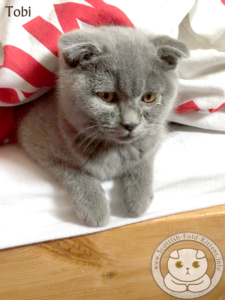
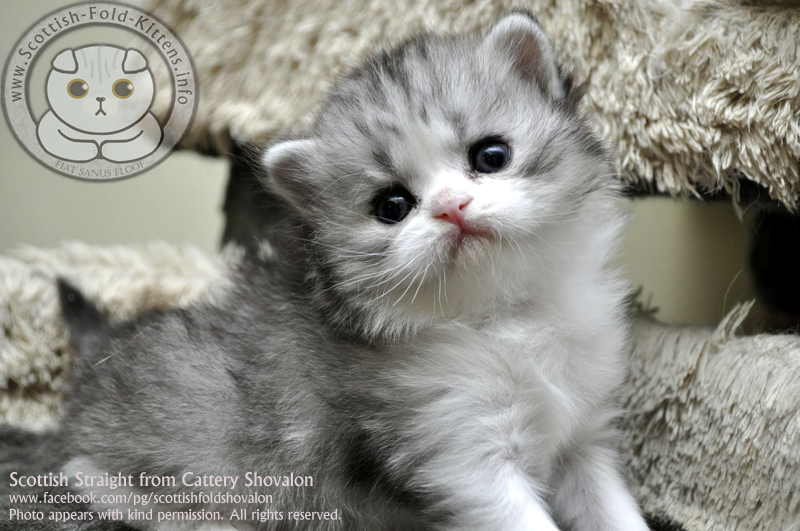
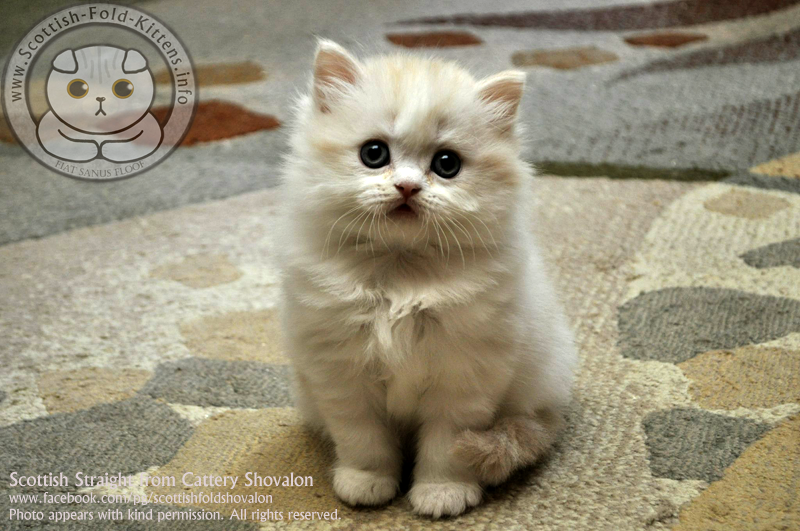
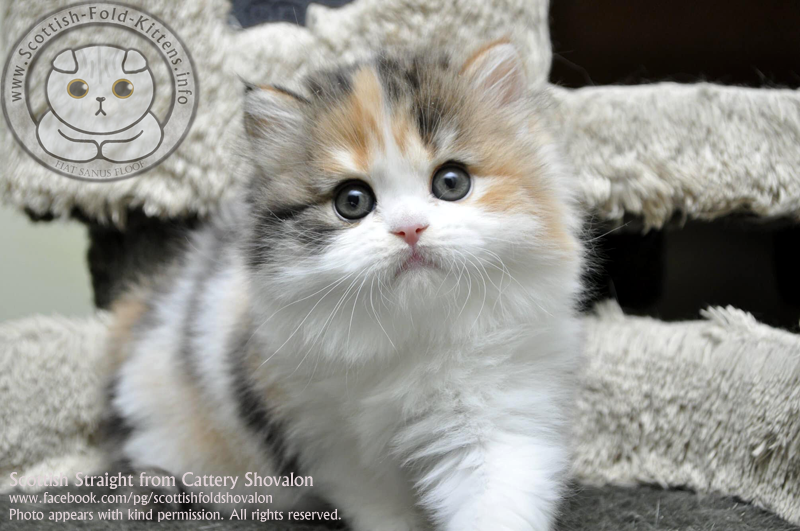
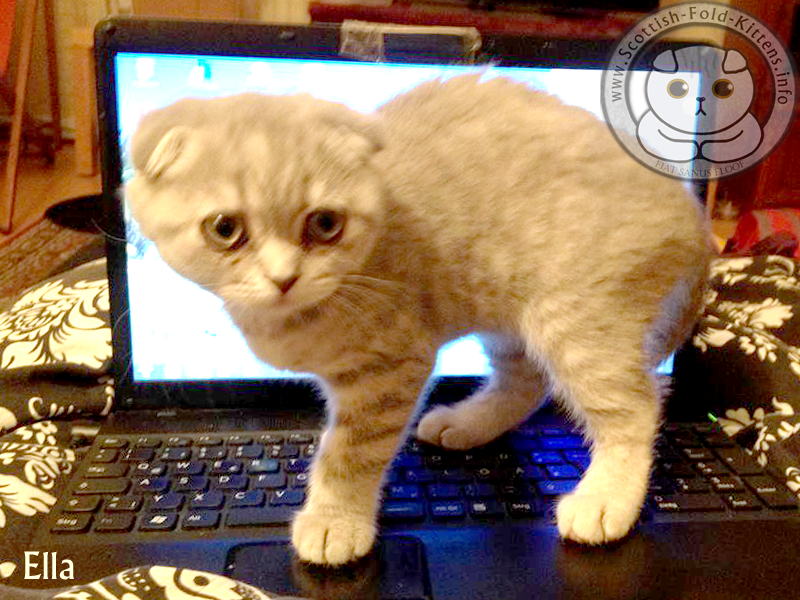
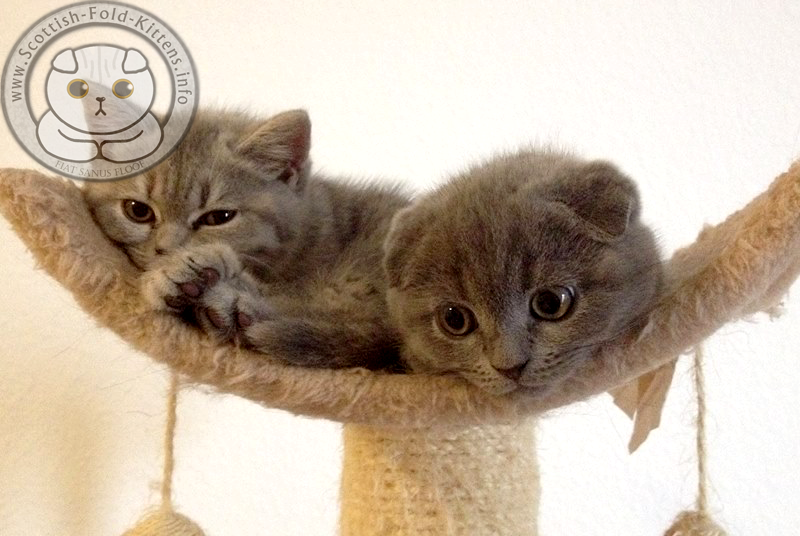
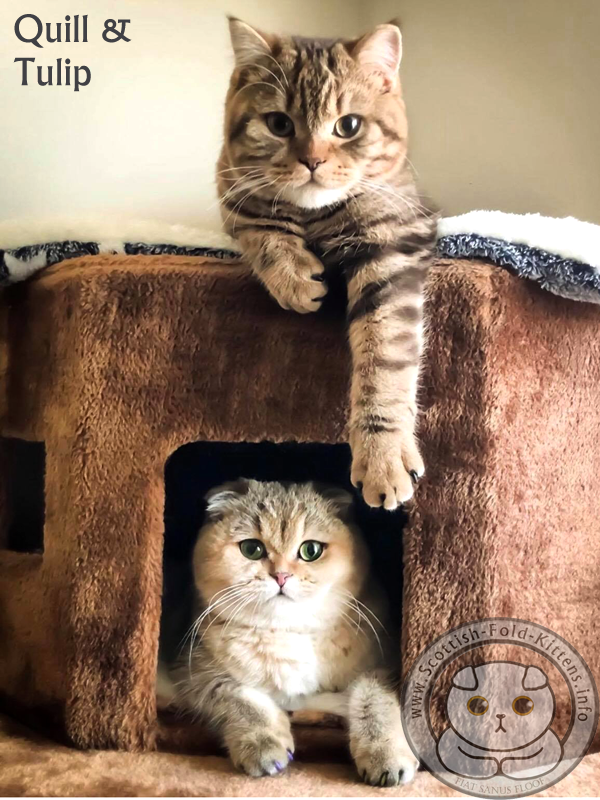
My first cat was a female black moggy, her body type leaned toward the cobby side, and probably she got the fold gene. Her ears weren’t flopped, but they were cartilaginous, thick and the tip was all folded like those of a newborn, giving her tiny rounded ears. When I squished her ear in front of her head, she looked just like a scottish fold. And yes, she got arthritis at the age of 9 (early sign). At 11 she became stiff, and later her feet started to show deformity, however she was never unable to walk, except when it was extremely cold (we had to give her meds to lessen her pain). I didn’t know if she had OCD or not.
She lived up to 19 years and three months, surviving to vaccine associated sarcoma at 8. She died last month to kidney failure.
I really loved her, and I miss her.
https://www.facebook.com/photo.php?fbid=909749972857187&set=pb.100014665778777.-2207520000..&type=3
https://ibb.co/wBZ1Wvz
Thank you for sharing your experience! I’m so sorry for your recent loss, but that’s wonderful she lived to be such a ripe old age! 💜
Hi! Your article is really interesting and raises quiet popular question. However, I want to ask the Information about certification for your pet in Great Britain. I heart you cannot sell any cat including Scottish fold without specific documentation. Additionally, you cannot mate your pet in other places, beside special nursuries. Is it true?